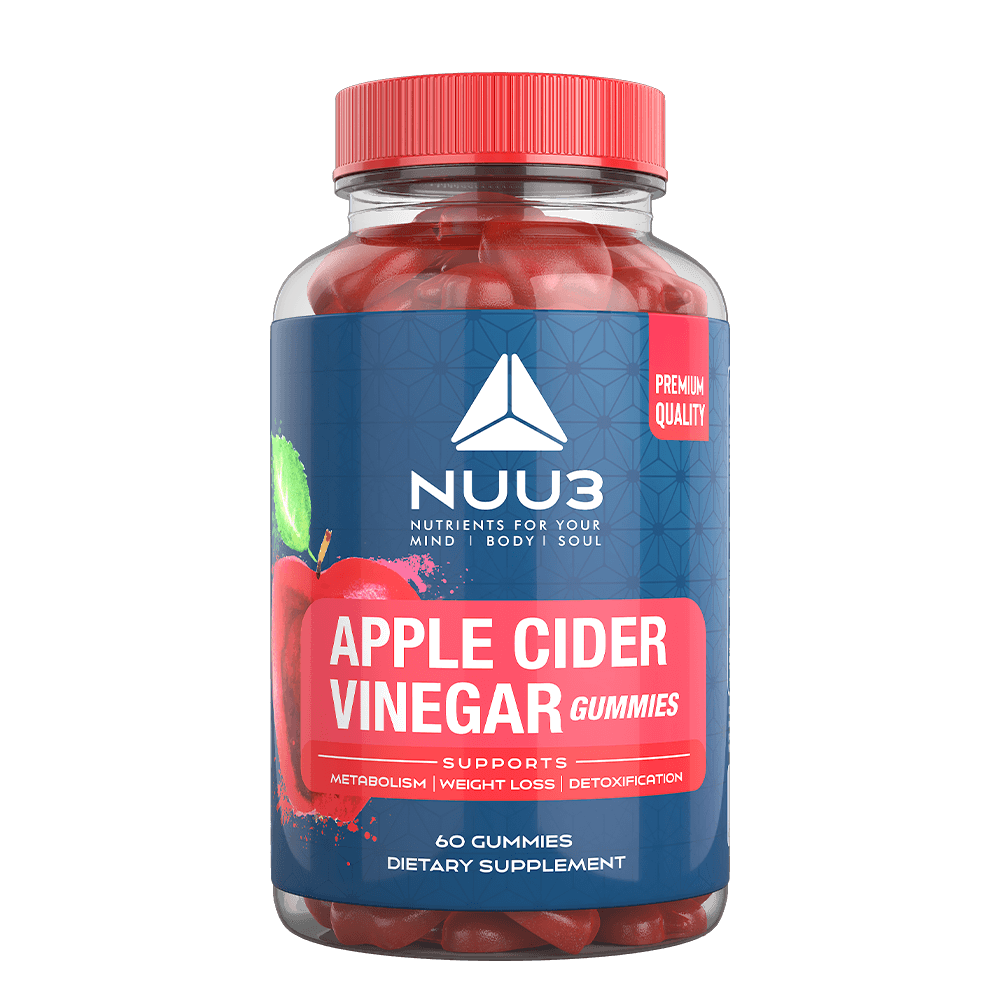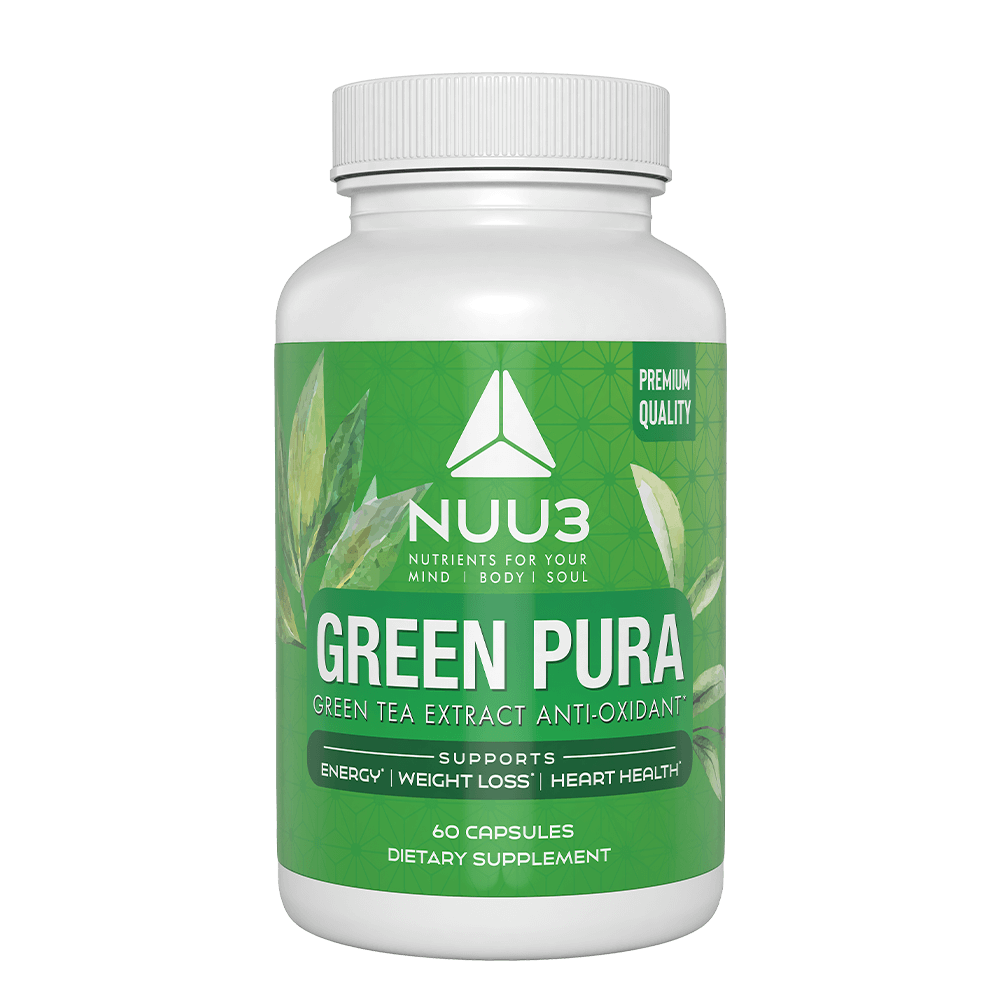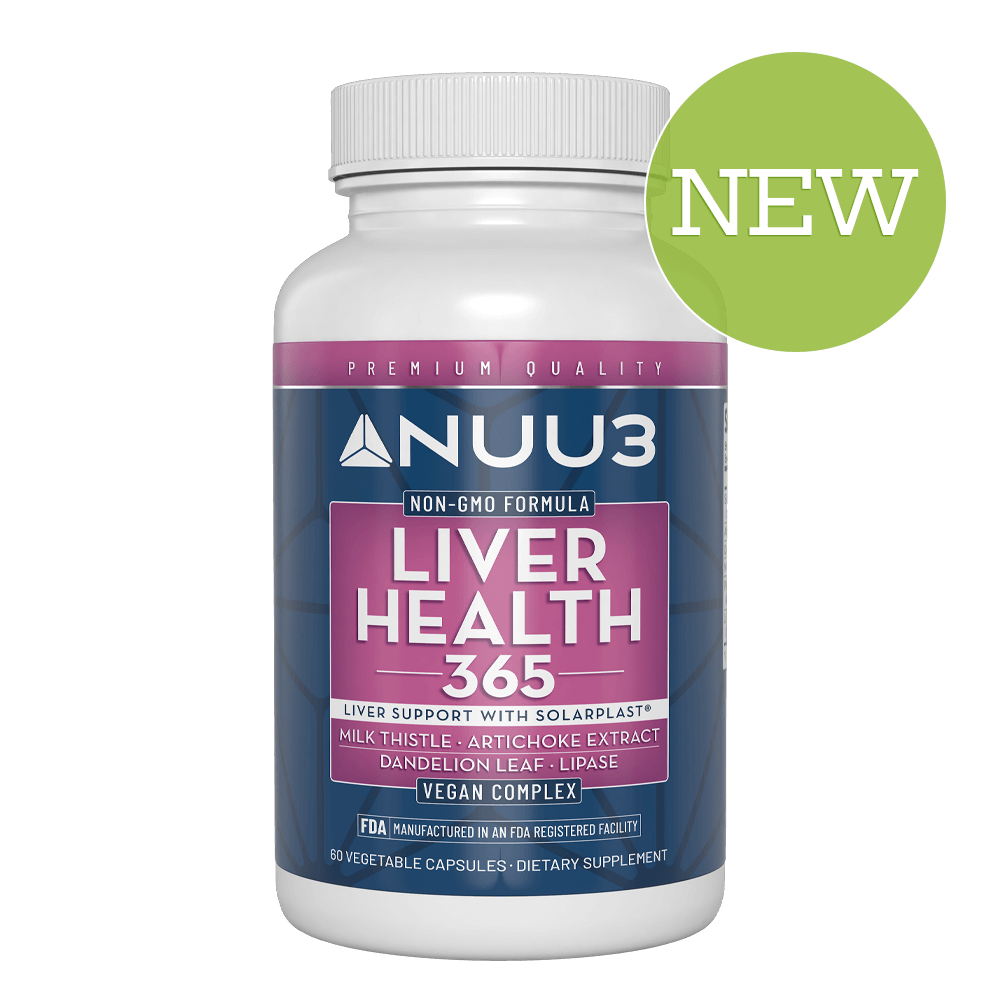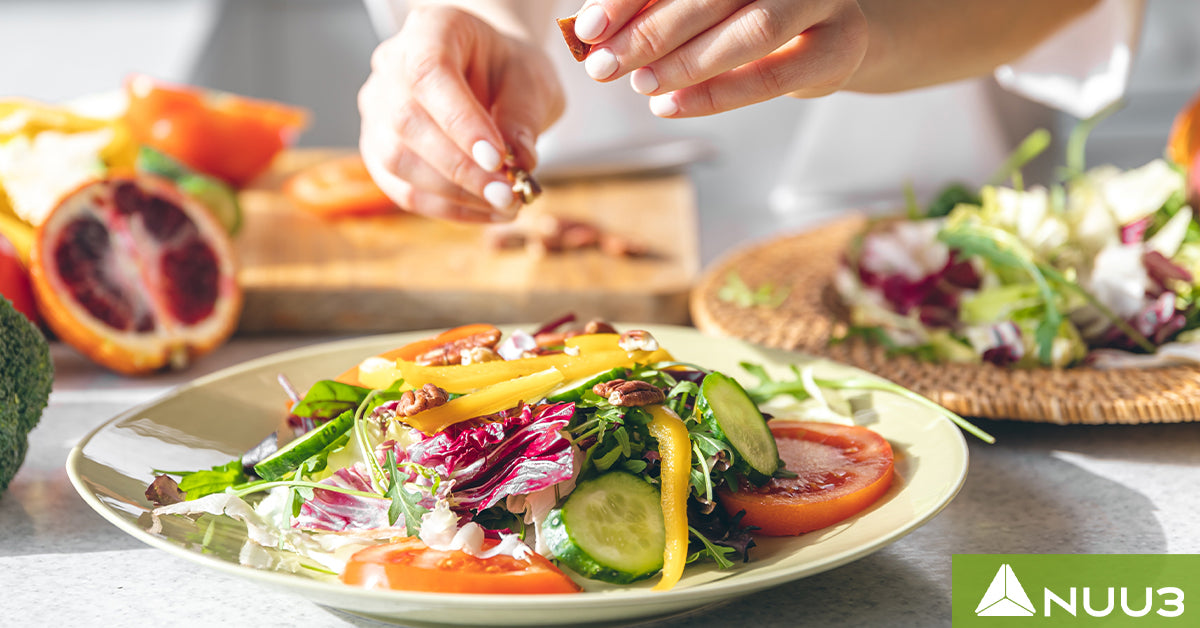Bodybuilders, athletes, and workout enthusiasts often follow a short-term cutting diet regimen to reduce body fat without losing muscle mass. This involves a personalized diet plan that includes protein, fat, and carbs combined with weightlifting. In this article, we will explore how to plan and implement a cutting regimen to lose weight.
The Basics of a Cutting Diet
The primary goal of a cutting diet plan is to decrease calorie intake and eliminate excess fat while retaining optimal muscle mass, often in preparation for a sporting or bodybuilding event. Compared to the majority of fat-burning diets, levels of protein, fat, and carbohydrates are higher to prevent muscle loss. In addition, a cutting diet also includes strength training throughout to maintain muscle mass.
Lasting only for 2-4 months, the regimen should be individually tailored to suit your body type and nutritional needs. In the next section, we’ll outline how to personalize your cutting diet regimen.
Planning and Following a Cutting Diet
Determining the ideal cutting diet requires calculating individual calorie, fat, protein, and carbohydrate requirements based on factors like your body type and size, lifestyle, and amount of daily physical activity. Let’s have a closer look at the 4 major factors to consider.
1. Calorie Consumption
To lose weight and fat, you need to burn more calories than you consume daily, creating a calorie deficit. Start by finding out the right number of calories for you based on your height, weight, gender, and activity level. You can do this by consulting a registered dietician or using an online calculator.
Reducing your optimal intake by 500 calories each day should lead to an average weight loss of a pound per week, which is the ideal amount for a cutting diet. The best pace for this regimen is slow and steady over the 2-4 month period, as faster weight loss could compromise muscle mass.
2. Protein Consumption
A cutting diet plan should be high in protein, to preserve lean muscle mass and reduce fat. Evidence [1] indicates the benefits of protein intake in promoting weight loss by suppressing appetite and speeding up the metabolism to burn fat.
As this is a reduced-calorie diet that also involves workouts, you’ll need more protein than on a typical fat-loss diet to meet nutritional needs and prevent muscle loss. Research [2] shows that 2.2–3.0 g of protein per kilogram of body weight distributed evenly over 3-6 daily meals is optimal on a cutting diet.
If you weigh 80kg, for example, you should consume 176-240g of protein daily. If you want to figure out your total caloric intake from protein on a cutting diet, note that one gram of protein is equal to 4 calories.
3. Fat Consumption
While some people shy away from fat when trying to lose weight, low consumption may disrupt testosterone balance and cause muscle loss. Experts recommend that about 20-30% of your total caloric intake daily should come from fat on a cutting diet plan. Athletes or people who engage in regular workouts should aim for 20%, and replace the remaining 10% with carbohydrates.
To calculate your daily intake, take into account that one gram of fat is equal to 9 calories. If your daily calorie limit is 1800, for example, you should consume 36-56g of fat daily.
4. Carbohydrate Consumption
Carbohydrates are important on a cutting diet, as they provide energy, enhance workout endurance, and help preserve muscle mass. Once you know how much protein and fat you should consume daily, the remaining calories should come from carbohydrates. It’s essential to make sure that you take in mostly complex carbohydrates, which may help prevent fat storage and optimize energy levels throughout the day.
Should I Eat on a Set Schedule?
When following a cutting diet regimen, it’s ideal to consume 5-6 smaller meals throughout the day as opposed to 3 larger ones, to keep your energy and blood sugar levels in balance. Some evidence suggests incorporating carbs into your cutting workout plan by consuming them before a workout for energy and after for recovery. Protein and fat should be distributed evenly over the day, with higher amounts in the afternoons and evenings to replace the reduction in carbs.
Diet Breaks and Cheats
Most people find it difficult to stay on a restricted calorie diet for long periods without a break. In this case, you may choose to include occasional ‘cheat meals’ in your cutting diet plan to make it easier to maintain your efforts. Look forward to one night a week at your favorite restaurant, or indulge in your favorite treat from time to time.
Some people also include ‘refeed days’ in their cutting diet, when they eat a higher carbohydrate count than usual to enhance energy, balance hormone and glucose levels, and boost athletic performance.
In addition, a study of resistance-trained participants [3] concluded that refeed days helped preserve muscle mass and metabolic rate compared to continuous caloric restriction. You should add cheat meals or refeed days to your diet with the advice of a dietician, as some may find they disrupt diet efforts.
Best Foods For a Cutting Diet
The foods you eat for a bulking and cutting diet are quite similar, although the percentages of fat, protein, and carbs differ. Following a healthy, balanced plan with all the required nutrients is important to support optimal health, well-being, and energy levels.
While planning your daily meals, include foods with key vitamins for weight loss like B, C, and D, and minerals like iron and magnesium. These are some of the best foods to eat on a cutting diet regimen:
- Lean meats, chicken, and fish
- Leafy greens and fiber-rich vegetables
- Nuts and seed
- Dairy products like yogurt, milk, and cheese with low-fat content
- Whole grains: quinoa, oats, barley, brown rice, bread with whole grains
- Fruits rich in fiber like berries, avocado, and raspberries
- Beans and legumes
- Olive, flaxseed, and avocado oil
In addition, you should stay away from processed foods, refined sugar, alcohol, and anything deep-fried. If you want to ensure that you are getting all of the key nutrients you require in your diet, consider supplementing with a natural nutritional support formula like NUU3 Daily Multivitamin Gummies.
These tasty fruit-flavored chews provide a powerful blend of essential nutrients that support health, immunity, and weight loss. Another ideal option is NUU3 Nature's Superfuel, which provides a potent blend of 18 fruits and vegetables to enhance your health and fat loss efforts.
Rich in fiber, essential nutrients, and antioxidants, NUU3 Apple Cider Vinegar Gummies also offer great benefits to individuals on a cutting dietary plan. The formula promotes healthy digestion, boosts energy, strengthens the immune system, curbs hunger, and speeds up metabolism to promote fat loss.
Cutting Diet Plan Tips and Recommendations
In addition to carefully planning your cutting diet, these are some additional recommendations and tips to ensure success:
-
Eat Fiber-Rich Foods: Fiber promotes optimal gut health and slows digestion so you feel full for longer and consume fewer calories.
-
Stay Hydrated: Drinking at least 6-8 glasses of water daily is important for your overall health, and it also helps speed up the metabolism and suppress appetite.
-
Don’t Drink Your Carbs: For both bulking and cutting, avoid alcohol and drinks with added sugar that are high in carbs and calories and lacking in key nutrients. The majority of the carbs you consume should be from healthy, nutrient-rich whole foods.
-
Plan Meals and Prep in Advance: To keep your diet on track and avoid temptation when you’re hungry, plan and prepare meals in advance. For example, cook on weekends and freeze meals for the week, cut and peel vegetables for dinner in the morning, and make sure your fridge and cupboards are always stocked.
-
Add Cardio to Your Routine: Adding aerobic exercise to your week can help burn calories and speed up the metabolism to promote fat loss. Some great cardio exercises to lose belly fat include running, swimming, cycling, and rowing,
FAQs
How to shred in 4 weeks?
Getting a shredded body in 4 weeks involves a restrictive diet combined with a rigorous cutting workout plan, strength training, and high-intensity full-body cardio activity. Ideally, these diets should take place over a 2-4 month period.
Can I lose weight by cutting?
The purpose of a cutting diet is to lower your daily calorie intake and speed up the metabolism to promote fat loss while retaining muscle mass. While you may lose weight as well as fat, it may be less than you expect on the scale as you’ll continue muscle training during cutting.
Is rice good for cutting weight?
Rice is high in carbohydrates so you have to watch your portion size, but many types, in particular brown rice, are high in fiber and metabolism-boosting properties that promote fat-burning and fullness. When included in ideal portions as part of a healthy diet, consuming rice can help with cutting weight.
What diet is best for shredding?
Shredding is another name for cutting, and the primary goal of a cutting diet is to decrease fat and retain muscle mass over a 2-4 month period. To follow this regimen, calculate your optimal daily intake of protein, fat, and carbohydrates as we have outlined in this article, and consult with a nutritional and fitness professional for questions and further planning.
Should I bulk or cut first?
Whether you decide to bulk or cut first depends on your goal, lean muscle vs bulk. Cutting is best for those who are content with their muscle mass but want to be leaner. The primary aim is to retain lean muscle while gradually reducing fat.
Bulking is best for individuals whose main goal is to build added muscle mass and strength, and this involves a higher calorie and carb count than cutting and additional muscle-building and resistance training. Experts recommended a lean bulking diet to promote significant muscle mass and prevent fat gain gradually for the best long-term results.
Takeaway
A cutting diet can be effective over the short term to decrease body fat while retaining muscle mass, ideally leading to a lean, sculpted form. Intended only for 2-4 months, it is best carried out before an athletic event or competition along with weightlifting.
By following the guidelines we have provided, you can easily calculate your optimal protein, carb, and fat content for best results. In addition, it’s important to consult with an RDN and fitness professional before beginning your cutting diet plan.
References
1] ↑ https://pubmed.ncbi.nlm.nih.gov/25926512/
2] ↑ https://www.ncbi.nlm.nih.gov/pmc/articles/PMC8471721/
3] ↑ https://www.ncbi.nlm.nih.gov/pmc/articles/PMC7739314/










